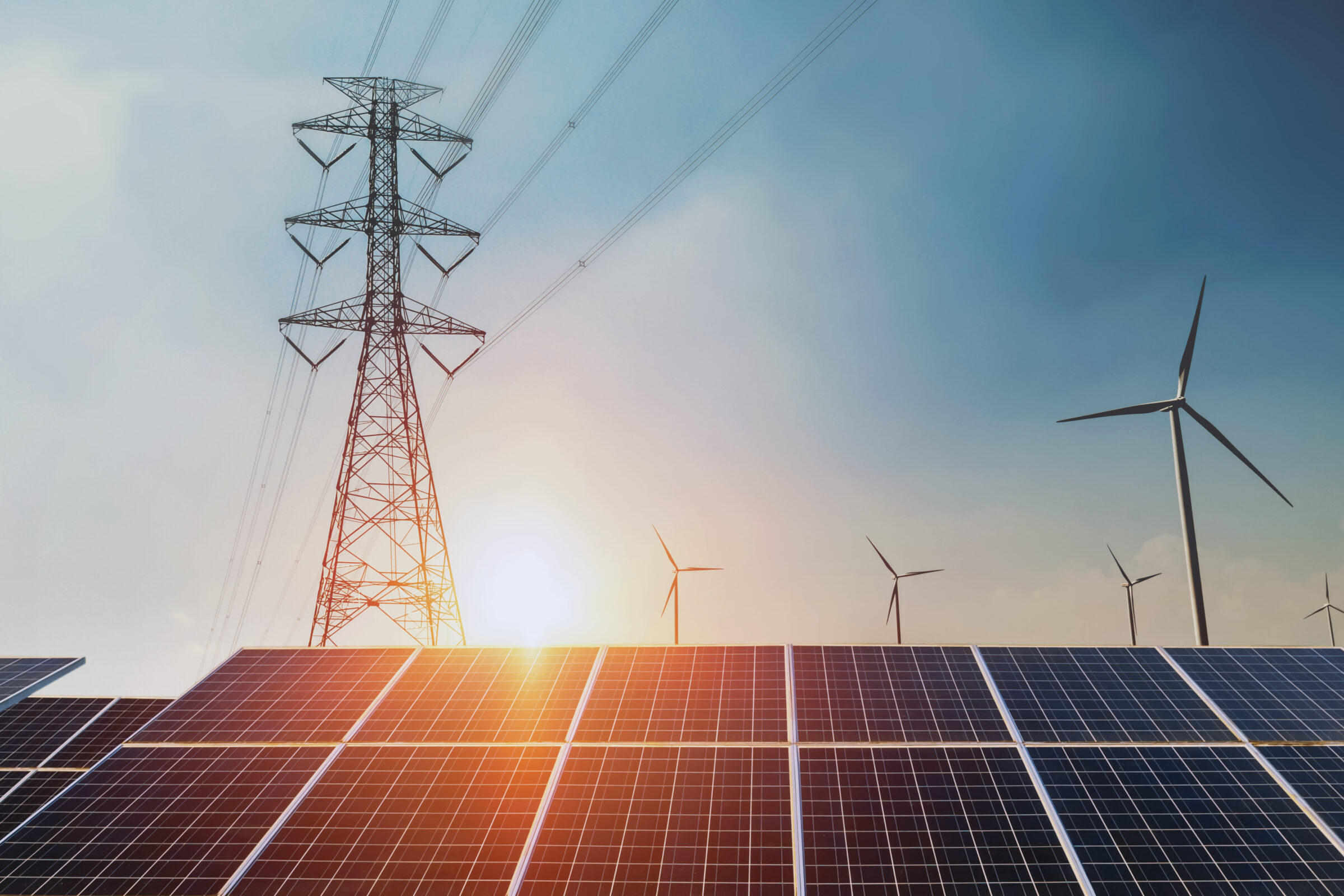Growing the Grid to Deliver Energy Dominance
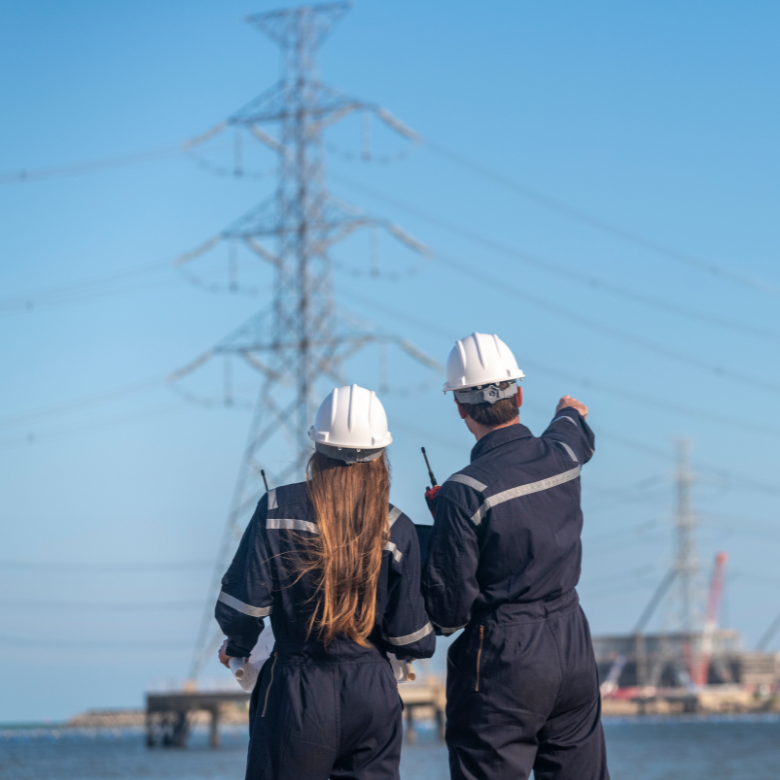
The Opportunity:
The U.S. has an opportunity to modernize and expand its aging electricity grid to deliver low-cost energy, meet rising demand, and reduce the risk of outages during increasingly frequent extreme weather events.
The Challenge:
Electricity demand is projected to grow significantly in the coming years, fueled by rapid expansion in new manufacturing, data centers, and semiconductor facilities. This surge presents both a challenge and a chance to strengthen the grid by modernizing the existing system and expanding regional and interregional transmission capacity.
Recent legislation and private sector innovations have led to record levels of investment in new data centers, clean energy manufacturing, semiconductors, as well as batteries and electric vehicles the last several years.

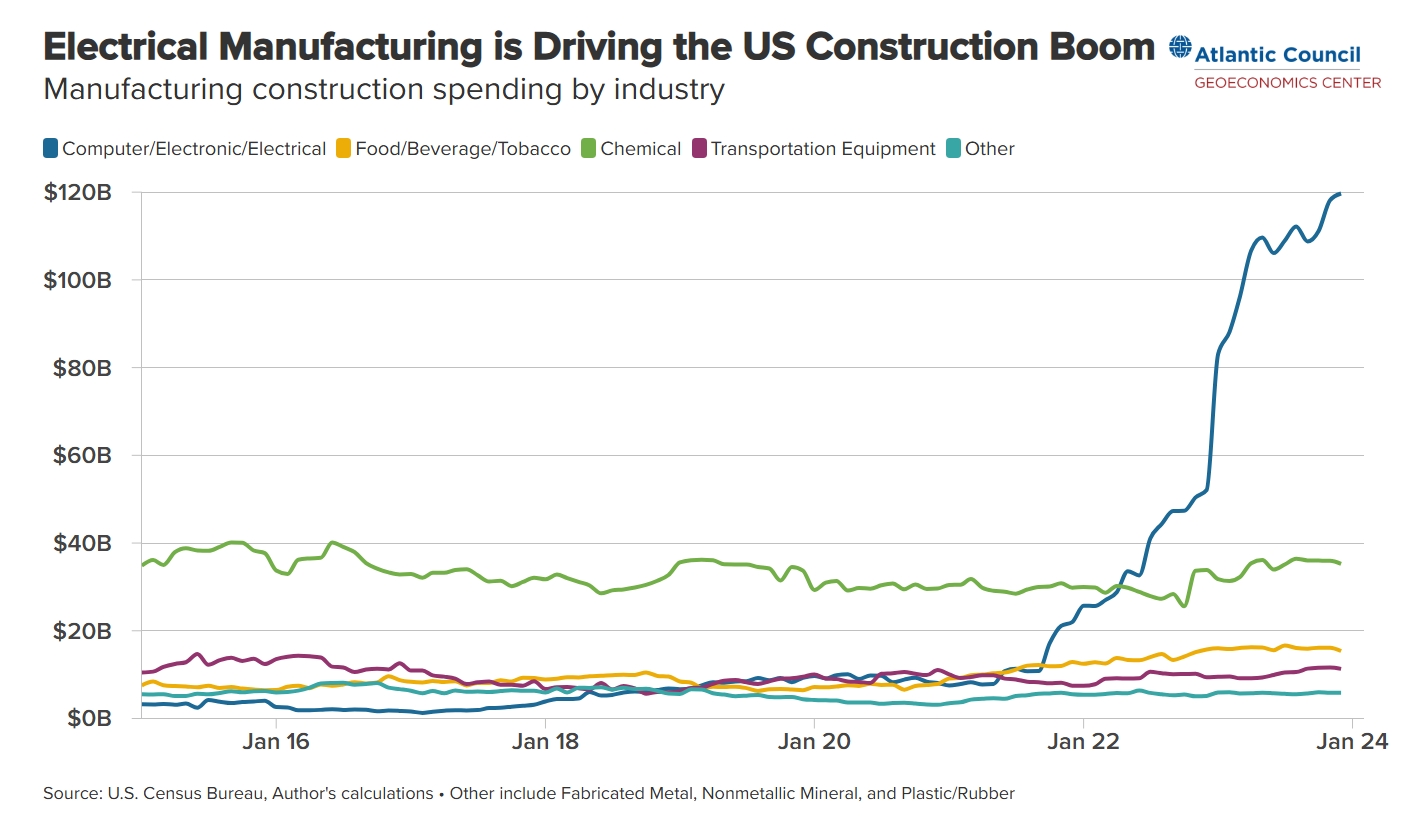
From 2010 to 2014, the U.S. built 925 miles of high-voltage power lines annually. By 2023, that number had dropped to just 55 miles — underscoring the urgency to reinvest in this infrastructure. Additional transmission is essential to bring low-cost energy online, relieve system congestion, and ensure reliable power.
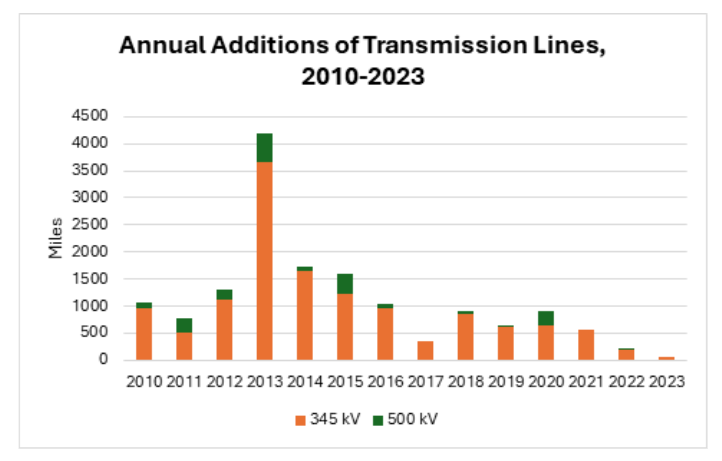
The Need:
Since 2022, the five-year load growth forecast increased by almost a factor of five to 128 gigawatts (GW), according to a 2024 report. Meanwhile, an enormous amount of proposed generation — totaling more than twice the capacity of the existing power fleet — is waiting to connect to the grid, often because of a lack of adequate transmission planning. In many regions, transmission planners were slow to adjust to changing market conditions over the last decade and failed to adequately plan and build the grid. As a result, new power projects are having to pay for grid upgrades that benefit the entire system, often making these projects too expensive to build.
That’s like making a new homeowner pay for adding a lane to a highway to get to work, instead of just the cost of their own driveway. Proactively planning and building the grid will allow these resources to come online faster, helping to meet demand and lower costs.
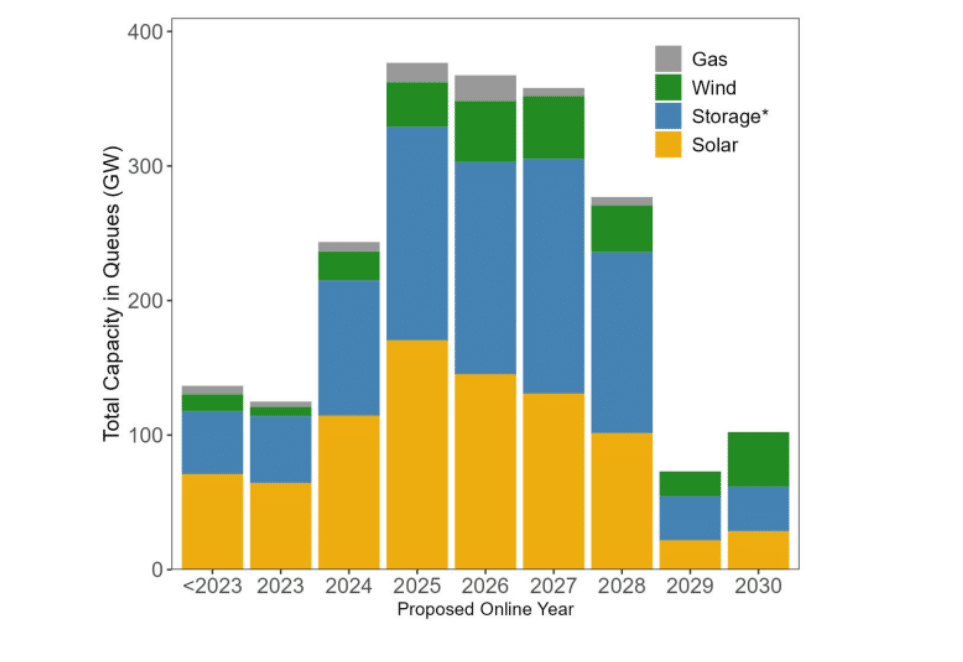
Solutions:
Meeting this challenge requires both immediate and longer-term transmission solutions:
- Near-term: Grid operators can deploy Grid-Enhancing Technologies (GETs) and High-Performance Conductors (HPCs), proven tools that can quickly and cost-effectively add capacity to existing infrastructure to help meet this growth.
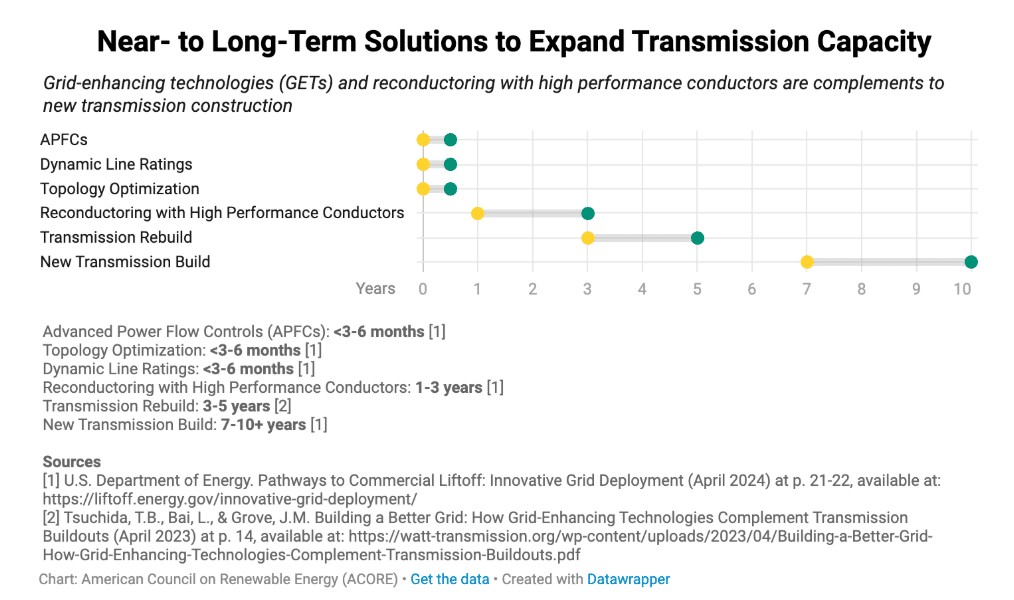
- Longer-term: Simultaneously, grid operators can strategically plan and construct new, high-voltage regional and interregional transmission lines. In 2024, the Midwest grid operator approved a historic transmission portfolio, including 24 regional and five interregional lines. The regional projects are projected to deliver nearly double the benefits compared to costs and will help deliver reliable, affordable power across the region.
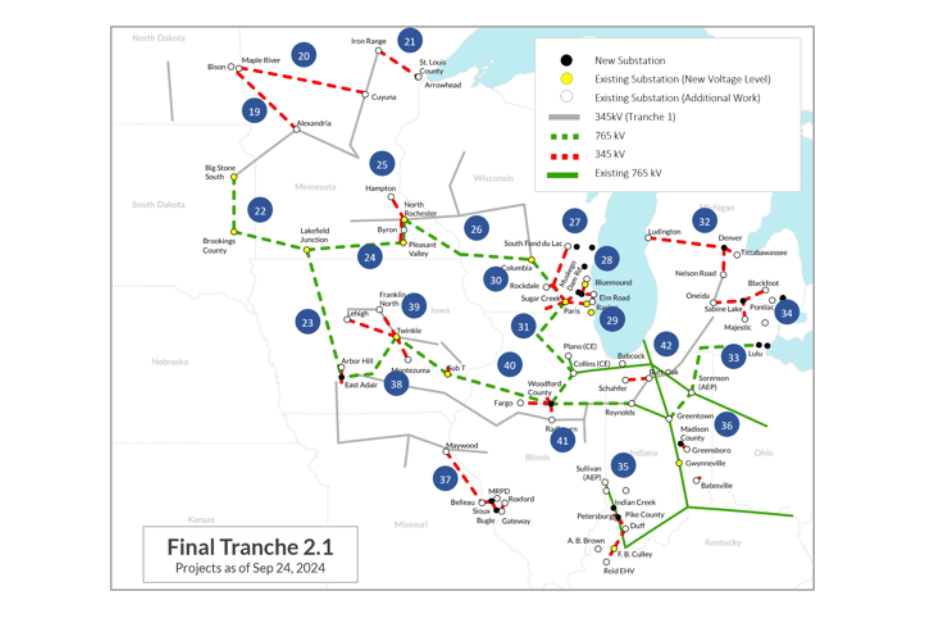
FERC also finalized Order 1920-A in 2024, updating and improving the rules on regional transmission planning and cost allocation. While grid operators in the Midwest, California, New York, and the Plains are well on their way to compliance, other regions need to accelerate reforms.
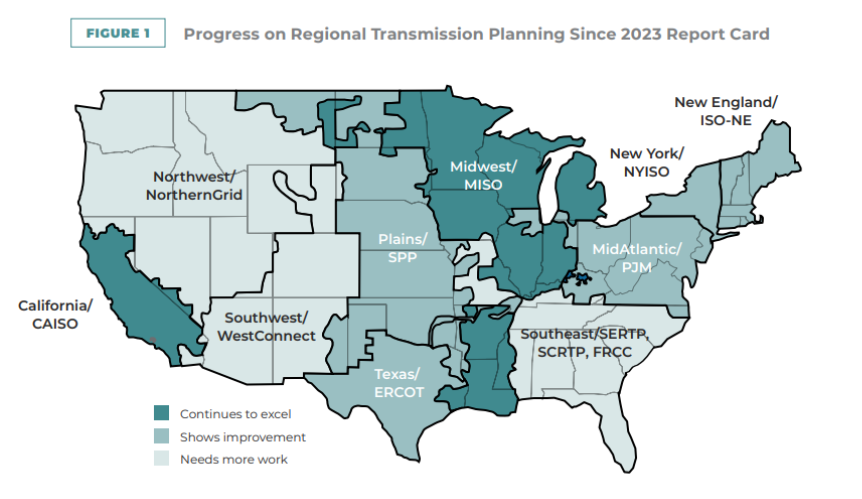
Looking Ahead:
Ultimately, the U.S. should aim to develop a macro grid — a national transmission network akin to the interstate highway system. Studies have consistently shown the benefits of linking the country’s three major grids through high-voltage lines.
Both the North American Electric Reliability Corporation (NERC) and the U.S. Department of Energy (DOE) stress the need for expanded interregional transmission. NERC’s 2024 study found that adding at least 35 GW of transfer capability is needed to ensure energy adequacy during extreme conditions. The DOE’s National Transmission Needs Study projects a significant need for new interregional lines between nearly all regions by 2040.
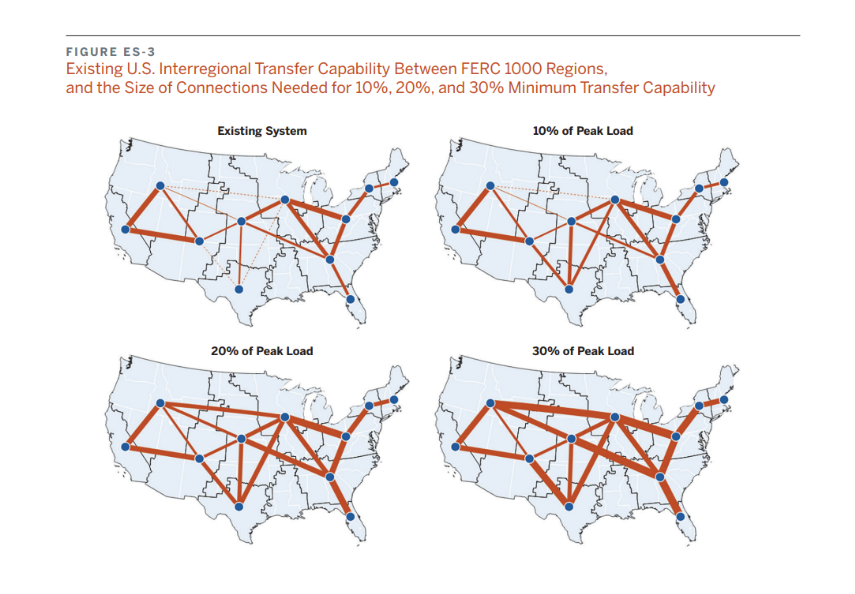
Conclusion:
Investing in regional and interregional transmission is key to delivering affordable, reliable power for decades to come. With strategic action, the U.S. can meet growing demand and secure its energy future.
Learn more about ACORE’s Macro Grid Initiative.
Join leaders from across the clean energy sector.

What will our next 20 years look like? Here’s the truth: they’ll be better with ACORE at the forefront of energy policy.
Shannon Kellogg
Amazon Web Services (AWS)
